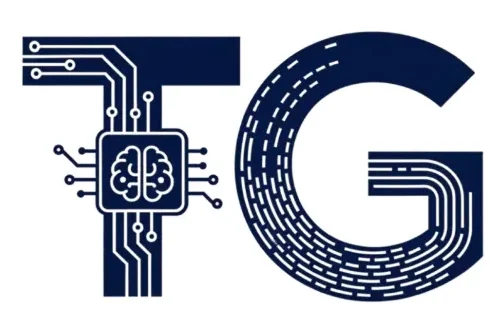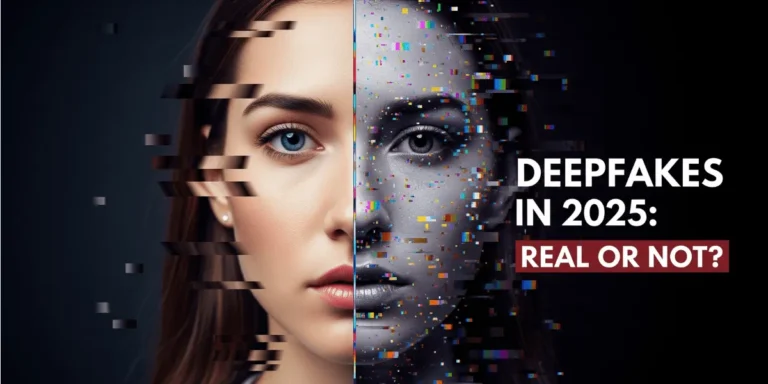In 2025, deepfakes aren’t just viral TikToks or meme videos, now they are part of politics, marketing, scams, and even personal relationships. Deepfake quality has reached near photorealistic levels with help of AI models like OpenAI’s Sora, Runway’s Gen-3, and open source image manipulation tools. The line between truth and illusion is officially blurred.
Table of Contents
Real Life Examples That Shook Us
- The “Leaked” Diplomatic Speech (Feb 2025) A deepfake of a world leader caused brief diplomatic confusion between two countries. It took 18 hours and a forensic AI team to confirm it was fake.
- Celebrity Cameos Without Consent Influencers and actors are now deepfaked into ads and adult content sometimes without even knowing. A new legal battle is brewing.
- The Romance Scam 2.0 In Canada and the U.S., over 30% of romance scams in 2025 involve AI generated video chats and synthetic voices. That is creating Massive emotional damage.
What Makes 2025 Deepfakes So Hard to Detect
- Voice cloning plus facial mimicry makes it realistic
- Eye movement and micro expressions are now AI simulated
- AI avatars are interactive, they are not just videos
- Most tools are open source or free to use so they are accessible to everyone
🔍 Can AI Fight AI? Emerging Detection Tools
AI forensics is evolving to combat the rise.
Here are the best tools right now:
| Tool | Purpose | Accuracy |
|---|---|---|
| Reality Defender | Deepfake video scans | ~92% |
| Hive AI | Content moderation & audio deepfakes | 89–94% |
| Microsoft Video Authenticator | Image + metadata detection | ~88% |
Some platforms (like YouTube and TikTok) have started embedding invisible watermarks but they are not foolproof.
Public Trust in Visual Media is Crashing
According to a 2025 Pew Research study:
- 66% of people say they now question the authenticity of every viral video.
- 77% think governments should regulate deepfake content.
- Even news organizations are flagging verified content due to rising skepticism.
The Ethical Crossroads
Deepfakes aren’t all bad. They have been used in Movie dubbing, Virtual classrooms, Therapy for trauma patients. But without global standards, we are entering a digital chaos. The question is Who gets to control what’s “real”?
Final Thought on deepfakes
As we are moving to 2026, the ability to manipulate reality is no longer in the hands of experts. it is in everyone’s pocket. While AI is opening creative doors, it is also pushing us to question our senses. So the next time you see a viral clip then just ask yourself, “Can I really trust what I see?”
You might be intrested in following article
Artificial General Intelligence (AGI) 2025: The Next Frontier of AI Explained

